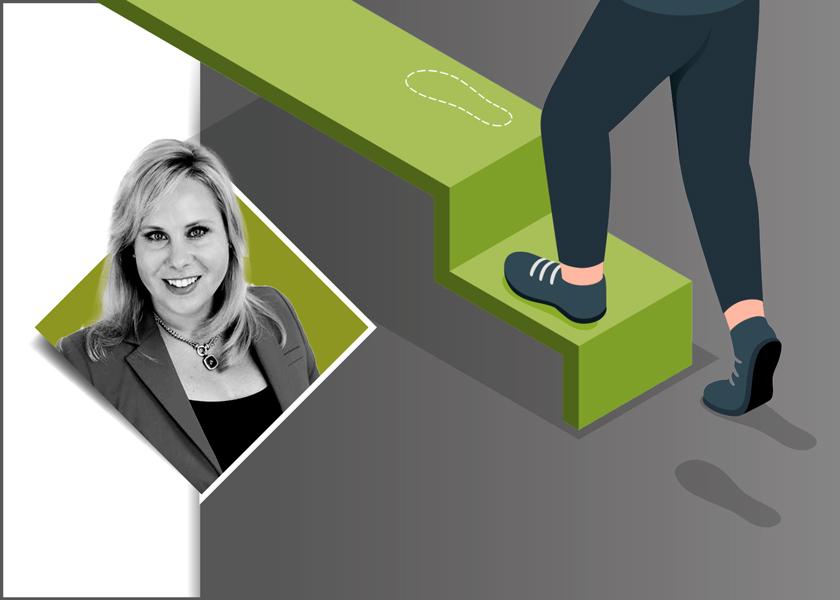5 Steps to Step Into Sustainability

Between carbon credit programs, soil health protocols and the prevailing topic of sustainability at every event you attend, the climate conversation is absolutely everywhere. For many growers, it can be incredibly difficult to know where to start.
This winter, my team and I debuted an event alongside Truterra called Stepping Into Sustainability. From our dialog at the event came five ways to get started.
1. It’s about your values.
The work you do in the climate space isn’t in opposition to your values, it should quite simply support them. The climate conversation is wide open with a variety of viewpoints — some you likely agree with strongly, some you might find ridiculous and others you might not be sure how you feel. You sustainability plan should be like any other plan: one that supports your beliefs and core values.
2. It’s about your goals.
Like him or dislike him, Blackrock CEO, Larry Fink, is famous for his positions on business and climate. One he’s commonly credited with sharing is that being involved in climate is going to be good for business. While I’m not endorsing his opinions, there is a nugget of truth here.
Any work your business does to step into sustainability absolutely must align with your goals and cannot be in opposition to them. That’s why once you decide to step into sustainability, you realize you can make this topic work for you rather than just attempting to do sustainability in a way that isn’t connected to your core.
3. It’s about your bandwidth.
One reason companies and even farm organizations don’t publish sustainability goals is because they don’t have time to pursue them all, which is correct.
Leaders feel societal pressures to be an expert in all areas of sustainability before putting out any statements, but the truth is that isn’t feasible. This area of business is emerging rapidly. Start by taking a look at your current goals and time horizons.
Start manageably.
4. It’s about your long game strategy.
Climate challenges will always be part of life. I don’t align with philosophical believers who say we ‘solve’ climate challenges forever. Solutions will continue to change and emerge as does life on earth.
So, consider your climate work to be a long game. There might be short-term changes you can implement immediately, but for most organizations, stepping into sustainability takes, well, steps.
5. It’s about how to influence your sphere of influence.
It doesn’t matter who you share your sustainability goals with, there will be plenty of people who don’t like them. What matters in this space is the influence your efforts have with the stakeholders who need to hear from you. Consider who needs to be aware of your goals, who your goals and practices changes to production affect, and why that stakeholder cares (or should they care). That’s influence where it counts.
What’s next? That’s up to you to take the first step!







